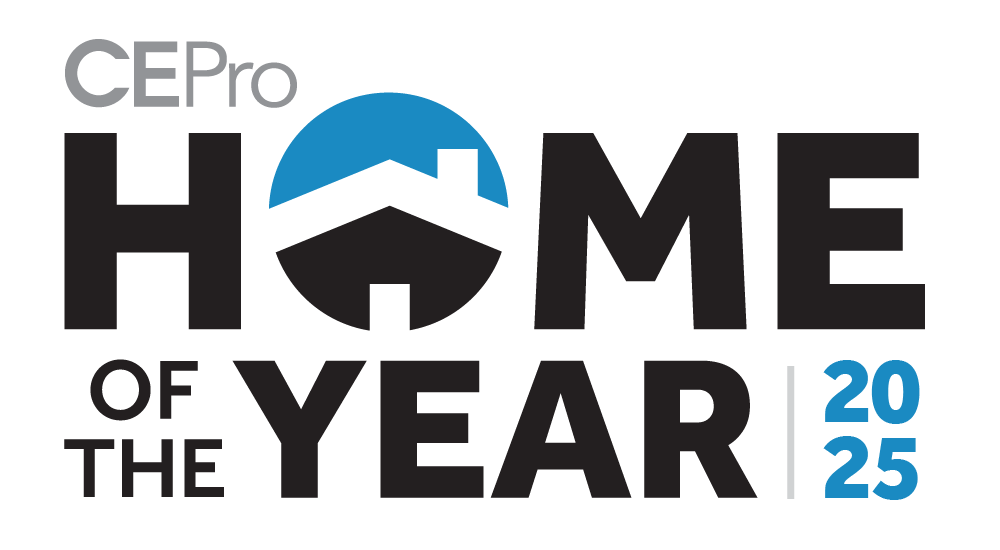HDMI over IP has enjoyed a substantial increase in multiroom applications even though in the beginning it was used more as a type of long-haul transmission extender.
Although the throughput is limited to a certain extent, the power of distance and control is out of this world. As long as the user stays within good proximity of each device you shouldn’t have any major reliability issues.
Basic setup for multiroom is shown in the image below. Like just about any other extender/matrix it consists of a transmitter, switch and receiver. One thing we found interesting was the way they handled the embedded EDID and HDCP data.
We’ve seen this in other matrix devices — each receiver and transmitter has its own HDMI transmit-and-receive chip sets built inside. By marrying a display and source to a receiver and transmitter, each unit is permanently set for the right EDID and HDCP at all times. So if the device is active the “handshake” never stops — this decreases activation time and improves reliably.
These devices are very “feature” centric. We were impressed by what these newer HDMI over IP products can do.

IP video distribution is like any other distribution system except instead of using HDMI cable, fiber or balun, it operates over an Ethernet network. Similar to HDBaseT, it uses Cat 6 and is converted from an uncompressed HDMI signal structure to something different; in this case, it is an IP form of modulation (TCP) and operates over a LAN system using off-the-shelf Ethernet switches.
Throughput is limited by the bandwidth (resolution) sent through the system and the quantity of I/Os connected to the network. Throughout our testing there wasn’t really any manufacturer that didn’t recommend anything but a 1G managed switch with IGMP (Internet Group Management Protocol) snooping. Most products are rated for 1080p, while some are offering Deep Color and 4K 30Hz.
The amount of data flow can be determined simply by using 1080p 60Hz as a reference — 1080p 60Hz with 8-bit color has an HDMI data rate of 1.48Gbps per channel. Multiply that by three (red, blue, green) and you get approximately 4.5Gbps total. So for instance, using a 1G switch would require a compression ratio of better than 4X. That is assuming there is no other simultaneous network traffic like from printers and scanners.
Remember that most of this bandwidth is consumed by the transmitter, not the receiver. That means that you can hang many displays on the network with just a few source products and keep your bandwidth limits in some control. Just be careful what you preach when you see some of these specs. Although the picture quality on our sample product was excellent, the math doesn’t lie — 4.5Gbps into 1G is pretty steep.
The entire system can be controlled by just about any computer device, or an iPad using “drag-and-drop” tools. The user can be anywhere within Wi-Fi access and switch sources to displays and displays to sources on the fly, among other things.






